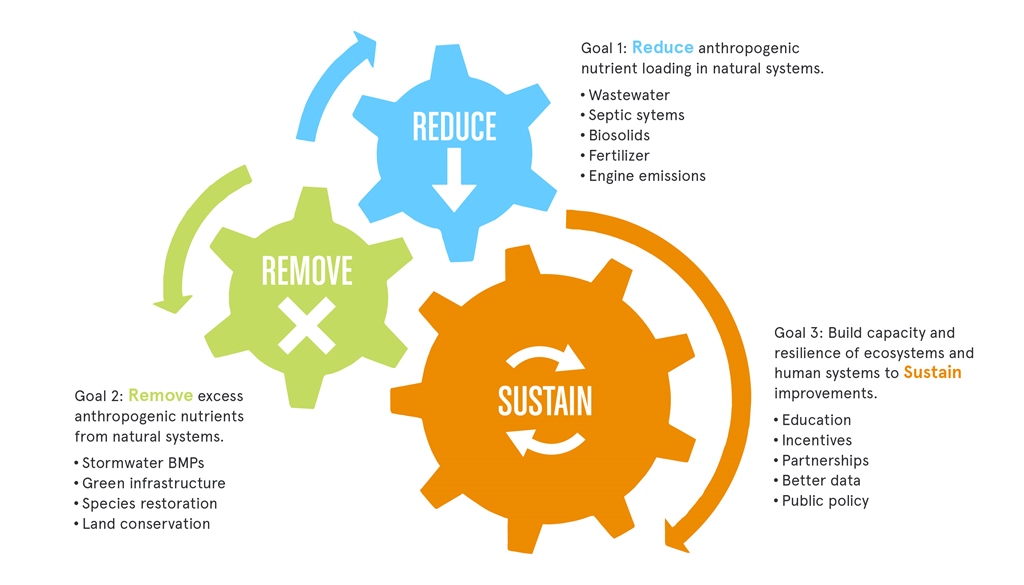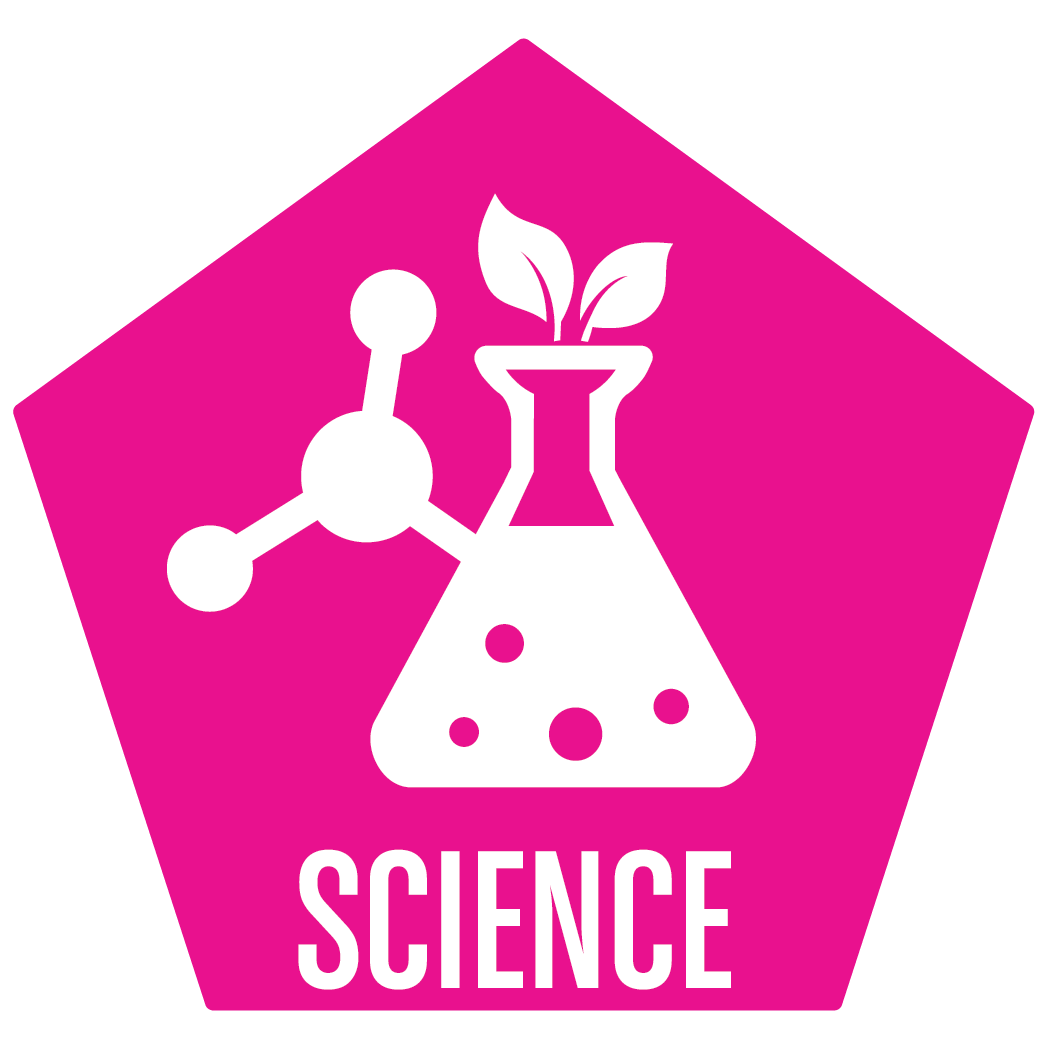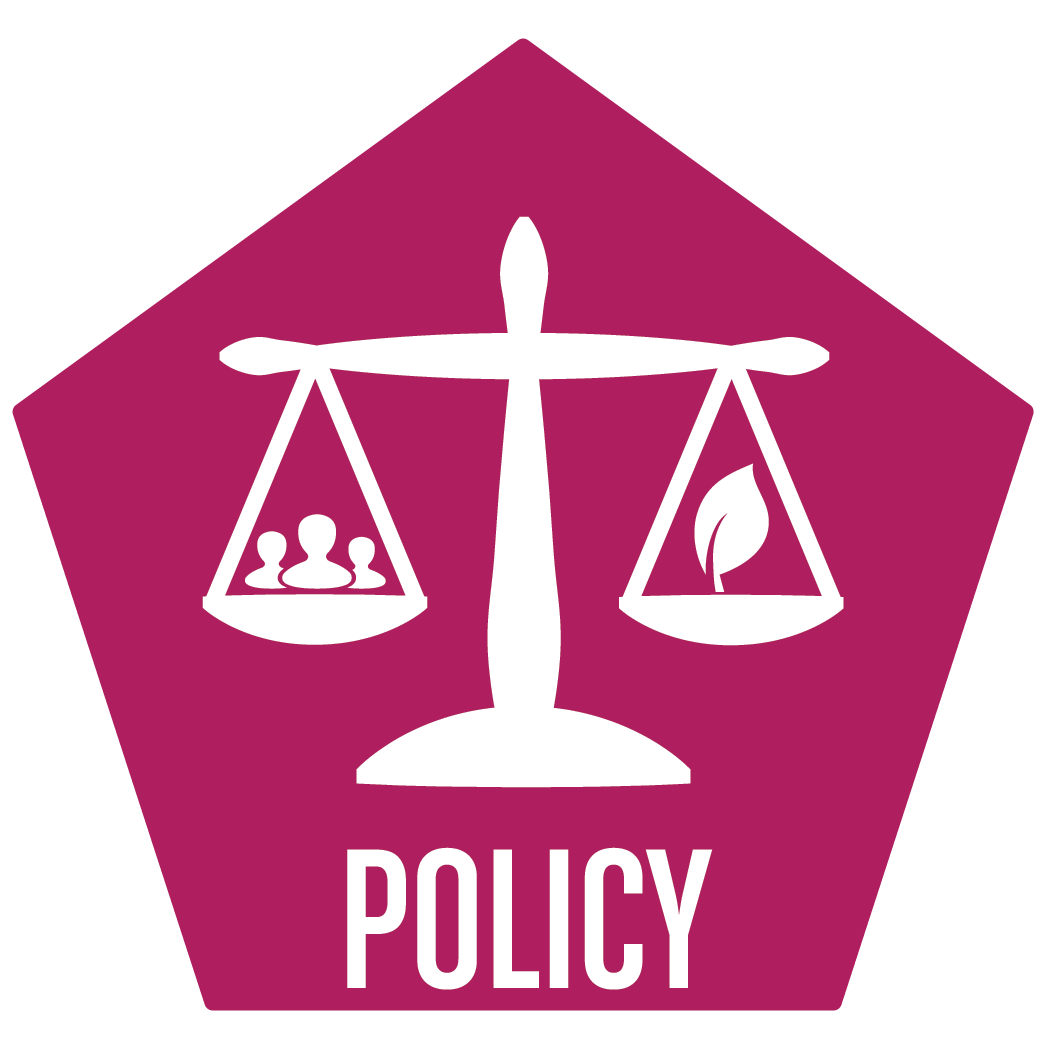WATER QUALITY PLAYBOOK
Take action to reduce and remove nutrient pollution
OUR WAY OF LIFE
The Sarasota region is renowned for its spectacular waters and the vibrant fish and wildlife they support. From the Wild and Scenic Myakka River to the Sarasota Bay Estuarine System—an Outstanding Florida Water and Estuary of National Significance—our waterways are vital to the region’s economy, culture, and quality of life. Recreation, tourism, fishing, and real estate all depend on healthy waters, fueling the tax revenues that support our infrastructure, parks, schools, and community services.
Protecting water quality requires persistent effort and is essential to safeguarding our health, economy, and future.
INTRODUCTION
Recognizing the unsustainable impacts of nutrient pollution, habitat loss, and development pressures, Sarasota’s leaders and citizens committed decades ago to protecting and restoring local water quality. Community-driven efforts, catalyzed by the creation of the Sarasota Bay and Charlotte Harbor National Estuary Programs, have led to measurable successes, including significant reductions in direct nutrient pollution and widespread recovery of seagrass meadows.
Since the Playbook’s original publication in 2020, the Sarasota community has taken major strides. Dozens of recommended actions outlined here have been implemented by Sarasota County Government, local municipalities, nonprofits, businesses, and with generous support from local foundations. These achievements have improved wastewater infrastructure, protected and restored natural areas, enhanced stormwater treatment, improved technical tools, expanded public education, and fostered innovative public-private partnerships.
However, challenges remain. Despite progress, elevated nutrient levels persist in some areas, seagrass in southern bays have not recovered, and the pressures from ongoing land development and climate change challenge the resilience of our waterways. Without sustained action, excess nutrients can tip a healthy estuary toward chronic blooms of macroalgae and phytoplankton, threatening permanent shifts in ecosystem health and the loss of iconic species like our year-round Sarasota Bay dolphin population.
This fully updated 2025 Water Quality Playbook reflects the best available science, community wisdom, and lessons learned. It serves as a living blueprint—adaptive, scalable, and transferable to other regions—that integrates public policy, education, and applied science to advance water quality restoration. Gulf Coast Community Foundation is proud to support this community-driven effort and invites all residents, businesses, and partners to engage in shaping the future of Sarasota’s waters for generations to come.
CLICK A TOPIC ON THE MAP
PLAYBOOK ORGANIZATION
Activities to identify nutrient sources, implement solutions for reduction or removal, and sustain those gains are grouped by topic into 10 CHAPTERS organized around 3 GOALS that bring the vision into focus.
For scientists, educators, and policymakers looking for activities specific to their wheelhouse, the Playbook activities are identified with 3 APPROACHES.
✔ Quantify cost and effectiveness of solutions to reduce nutrient pollution.
✔ Establish ongoing coordination and cooperation on data gathering, monitoring, and technology transfer.
✔ Improve coordination and uniformity of policy across jurisdictions.
✔ Strengthen public data reporting related to nutrient pollution sources and quantities.
✔ Improve and incentivize compliance with laws and regulations.
PROGRESS
Since the 2020 launch, our community has realized the vision of The Community Playbook for Healthy Waterways through action and advocacy. Our partners have activated the tools of the playbook through the implementation of activities and educational campaigns aimed at empowering our entire community to prioritize a future of health waterways. Local, state, and national media have taken a strong interest in the success and impact of the Playbook and we have seen a shift in attention and prioritization on ensuring a future of cleaner waters. While the Playbook uses the Sarasota County community as an illustrative and real-world example, the activities are intended to be adaptive, scalable, transferrable, and customizable to other regions and communities. #TransformTogether





